Francis Bacon: Man And Beast – Royal Academy, London
A review of Francis Bacon: Man and Beast, on at the Royal Academy. A thought-provoking angle through which to explore Bacon’s work.
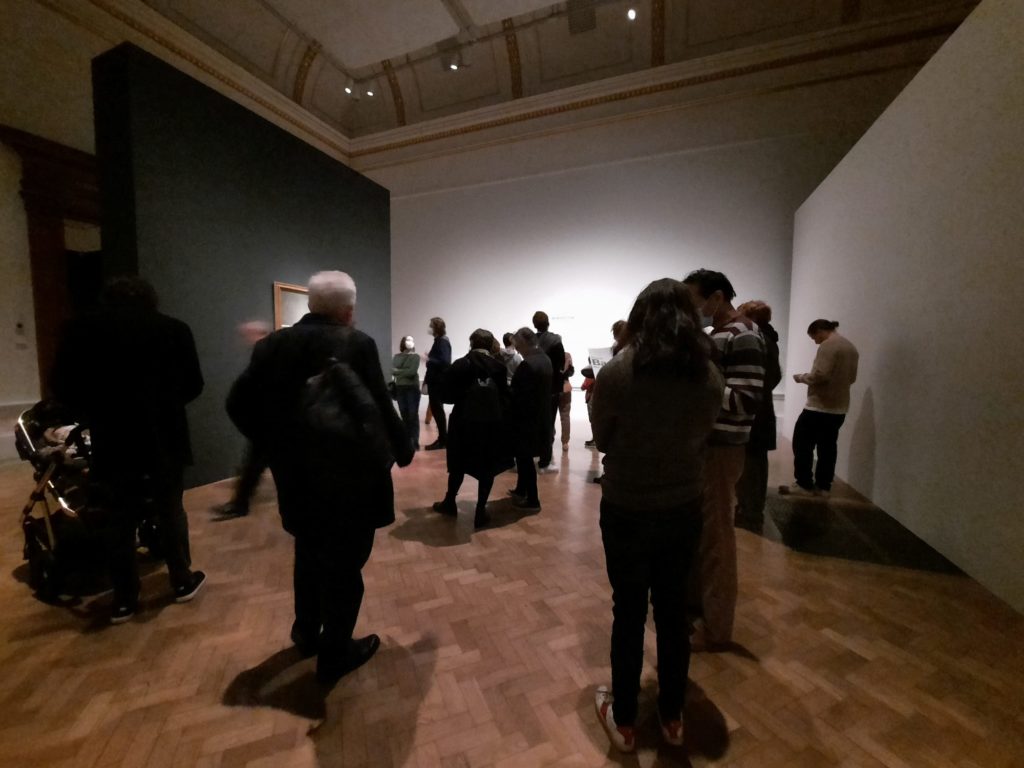
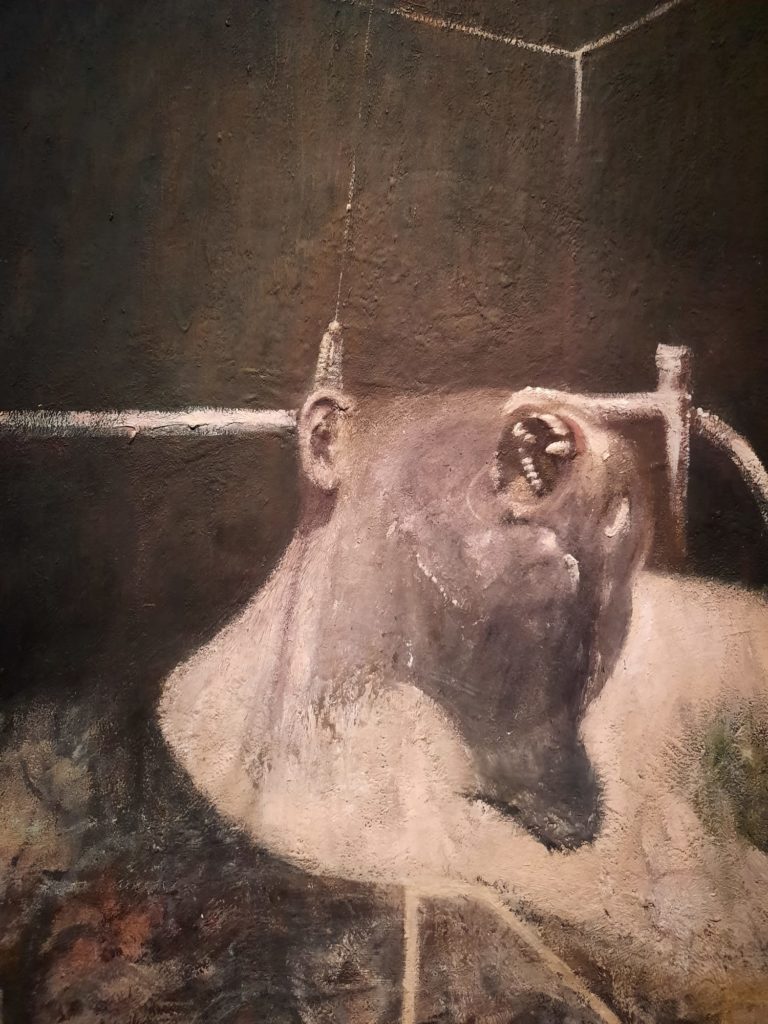

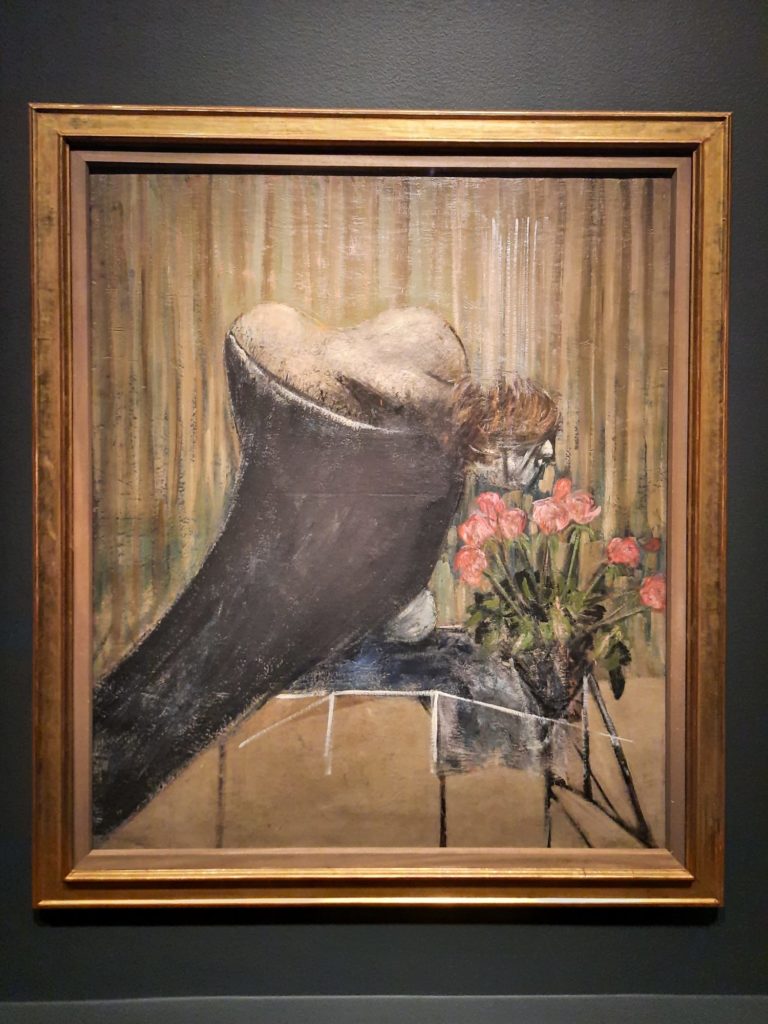
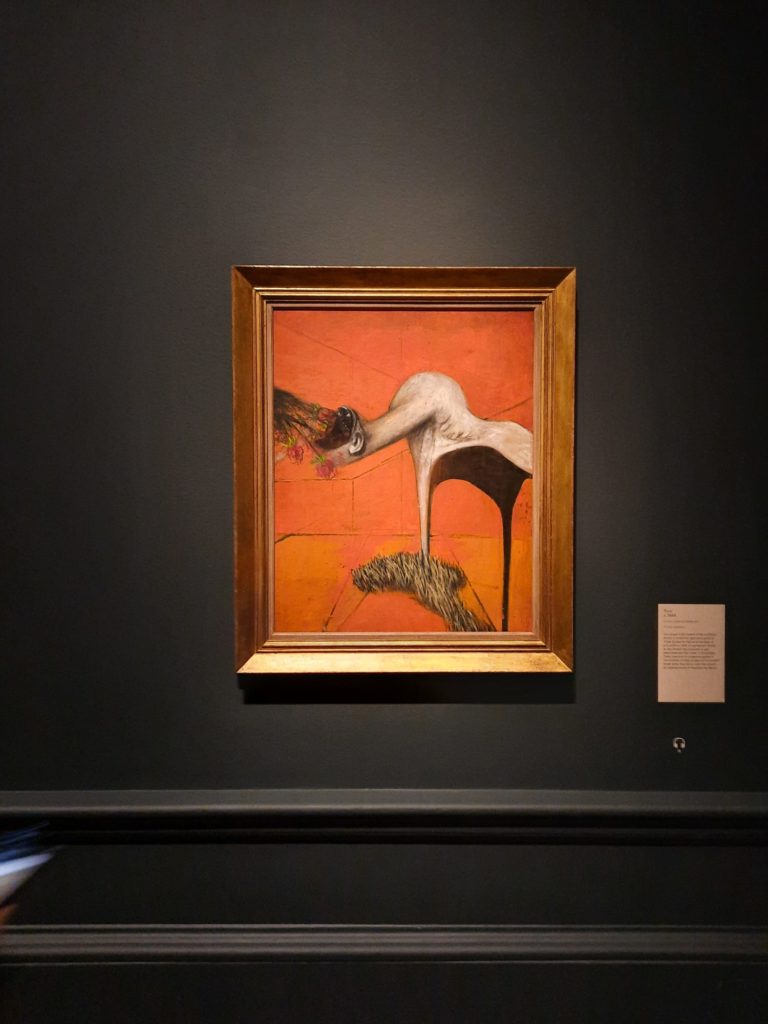
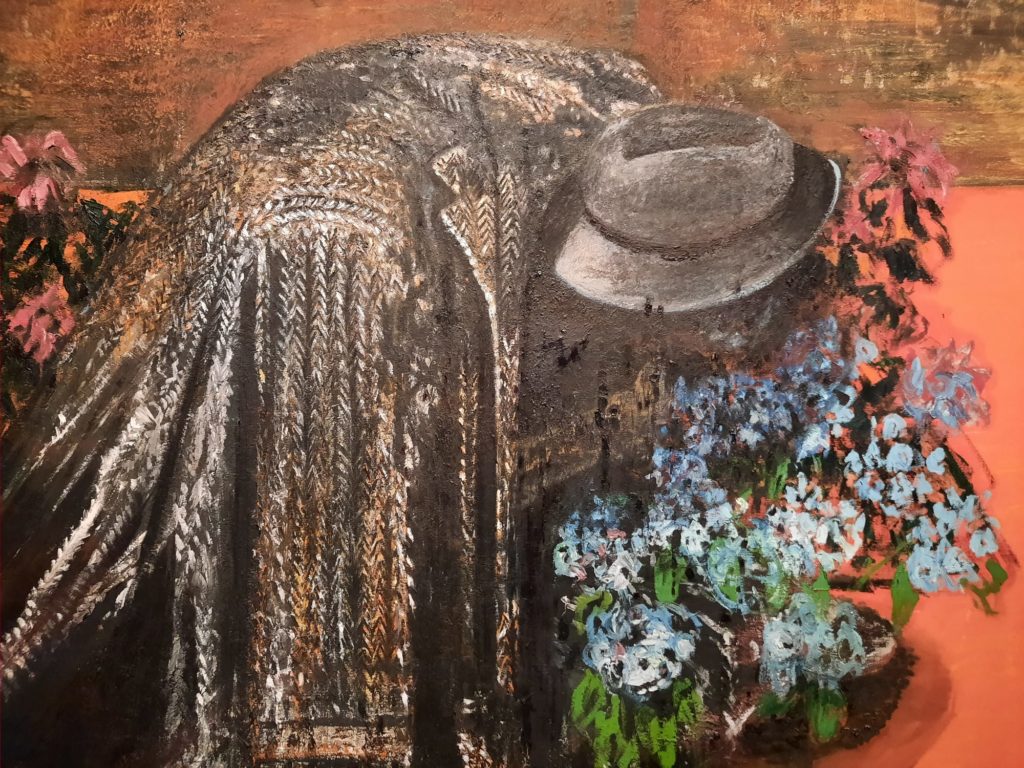
Francis Bacon: Man And Beast
Francis Bacon: Man and Beast is an exhibition which, for me, ticks a lot of boxes. The premise is very interesting, and is a good angle through which to consider Bacon’s work as a whole. It is well-curated, with a good selection of works brought together into meaningful themes. The exhibition design is also spot-on: the works are beautifully lit and displayed and the flow is good from beginning to end.
Just what is this interesting premise, then? Well, as the title says, it’s about man and beast in the work of Francis Bacon. Bacon is famous for the contorted, pained figures in his paintings. Tortured-looking popes, for instance. Bacon was also resolutely figurative in an age of abstract expressionism, and drew on a range of visual sources for inspiration. What the Royal Academy‘s exhibition sets out to do is to look at Bacon’s ‘obsessive’ interest in animals, and how he exploited this in order to illuminate aspects of human nature.
This argument is thoughtfully established by curators Michael Peppiatt and Sarah Lea. We start with a single painting in an introductory room. The head is undoubtedly human, the grimacing teeth undoubtedly not. We then move from a selection of Bacon’s ‘biomorphs’ (not-quite-human creatures he began to paint from the 1940s); to his more directly animal-inspired works; his fascination with movement; culminating in a number of Bacon’s large-scale triptychs which bring several of these threads together.
Let’s look then in a little more detail at the exhibition. What can we learn about Bacon’s work? Or even about ourselves?


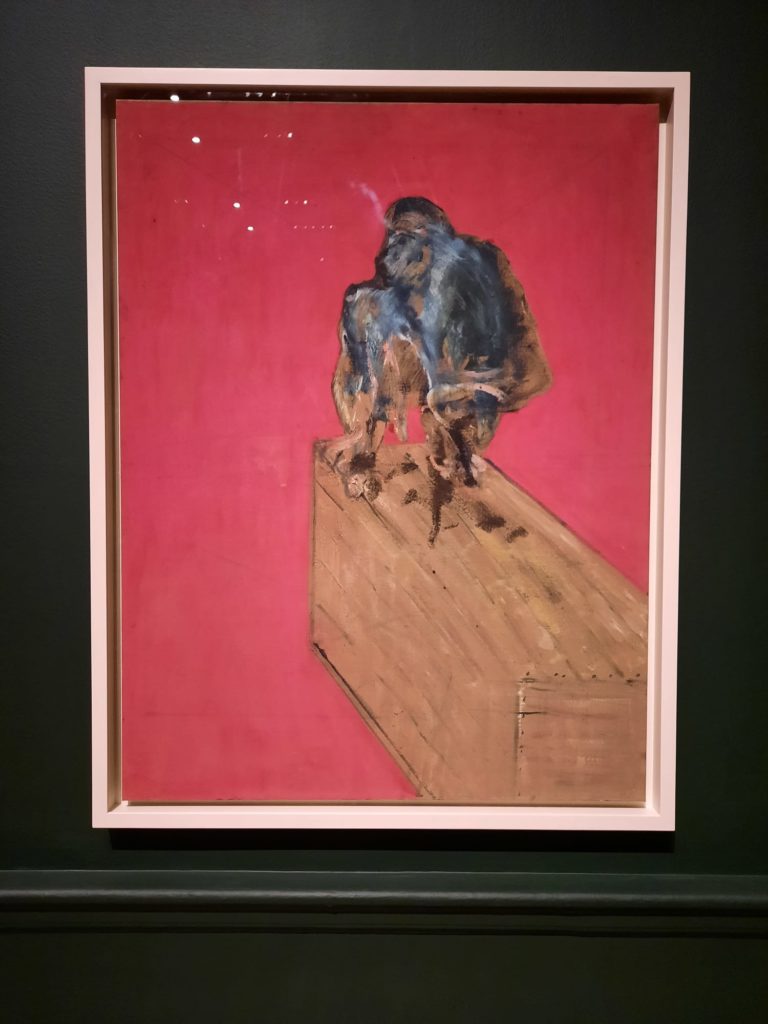
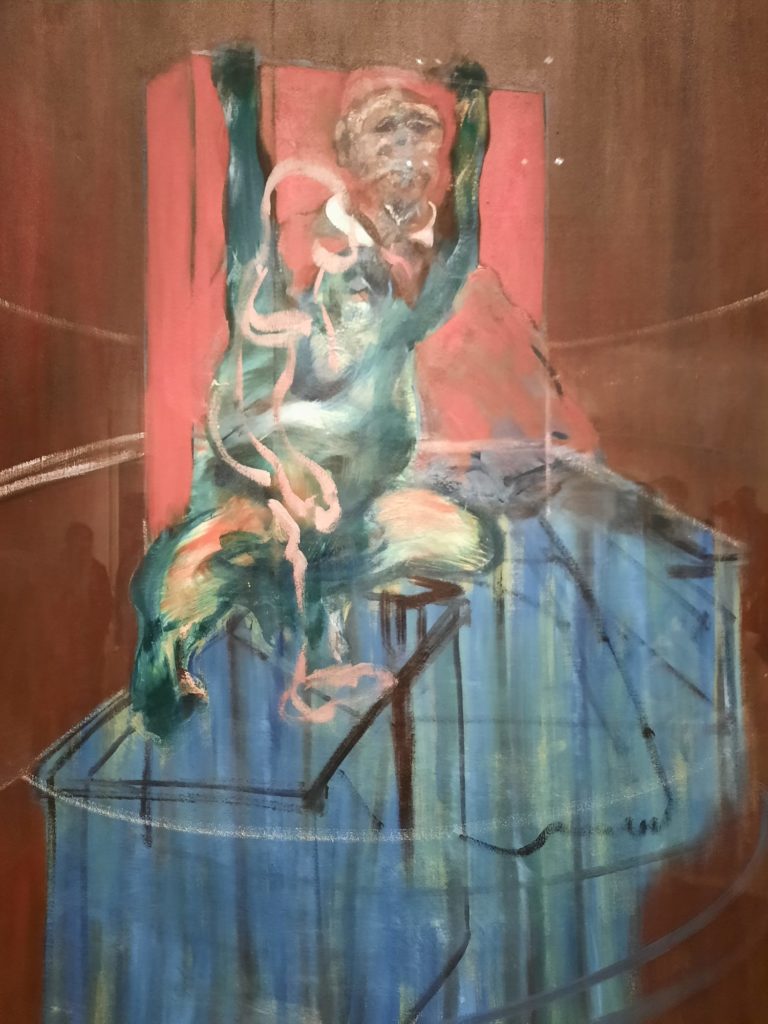

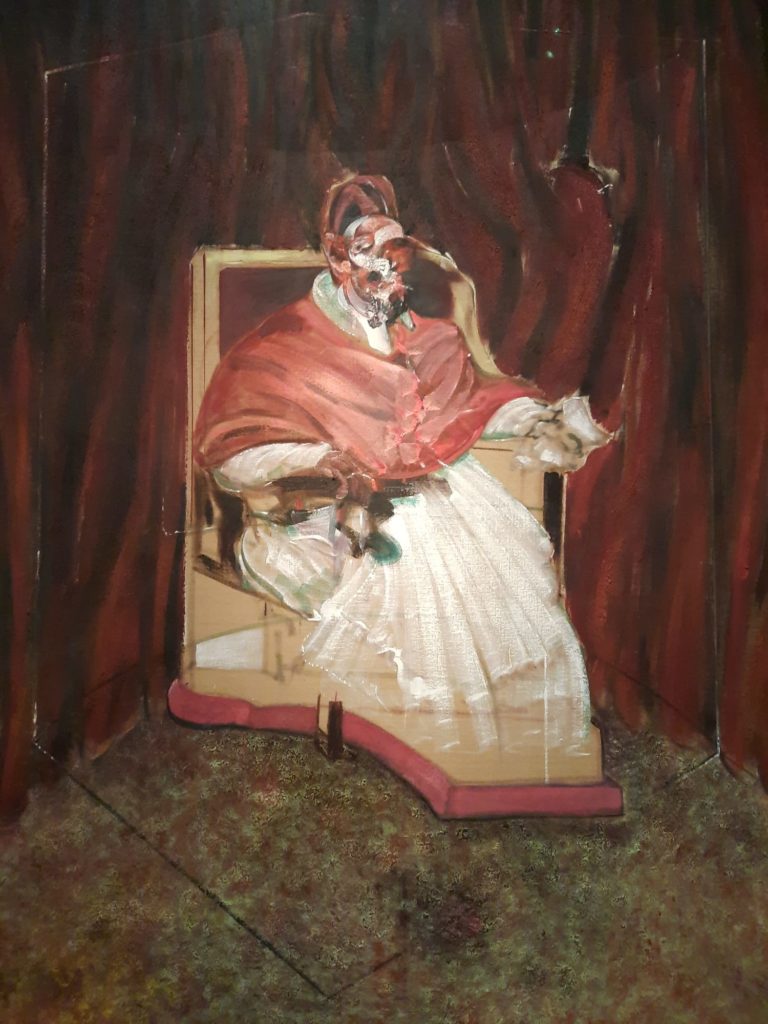
The Animalistic Nature Of Man
There’s quite a deep-set fear ingrained in us of that which is not quite human. It’s the reason that films like Us (or anything by Jordan Peele maybe) are so unnerving: that spine-tingling sensation of something amiss. It triggers in us a fight or flight response. And it’s the reason that Francis Bacon’s works have such power. His screaming popes, his elongated, amorphous figures. They are at the same time human, and not.
Francis Bacon: Man and Beast breaks down just how the artist achieved this primal urgency in his works. Thanks to an extensive archive and preserved studio, we have a very good idea of the sources which inspired Bacon. We know, for instance, that he had several copies of Eadweard Muybridge‘s Human and Animal Locomotion. This Victorian photographer was the first to capture movement frame by frame, breaking down exactly how a seemingly fluid motion is constructed. Bacon borrowed elements directly from Muybridge, as he did from other sources including magazines and wildlife books.
When combined with, for instance, a stiffly posed figure from an Old Master Painting (I’m talking here about the pope series, which draws on Velázquez), an animalistic eruption in the form of a howl or a grimace points to how thinly veiled ‘nature, red in tooth and claw’ is in humans. By the time we get to the magnificent triptychs towards the end, we can see how a crouched figure on a stool can at the same time evoke an anguished human and the power and frustration of a circus animal. We are not that far, Bacon tells us, from the animal kingdom. We too are violent, passionate, instinctive. Here, then, is the key to Bacon’s portraiture. The trappings of civilisation vanish, and what remains is something far more fundamental and inescapable.
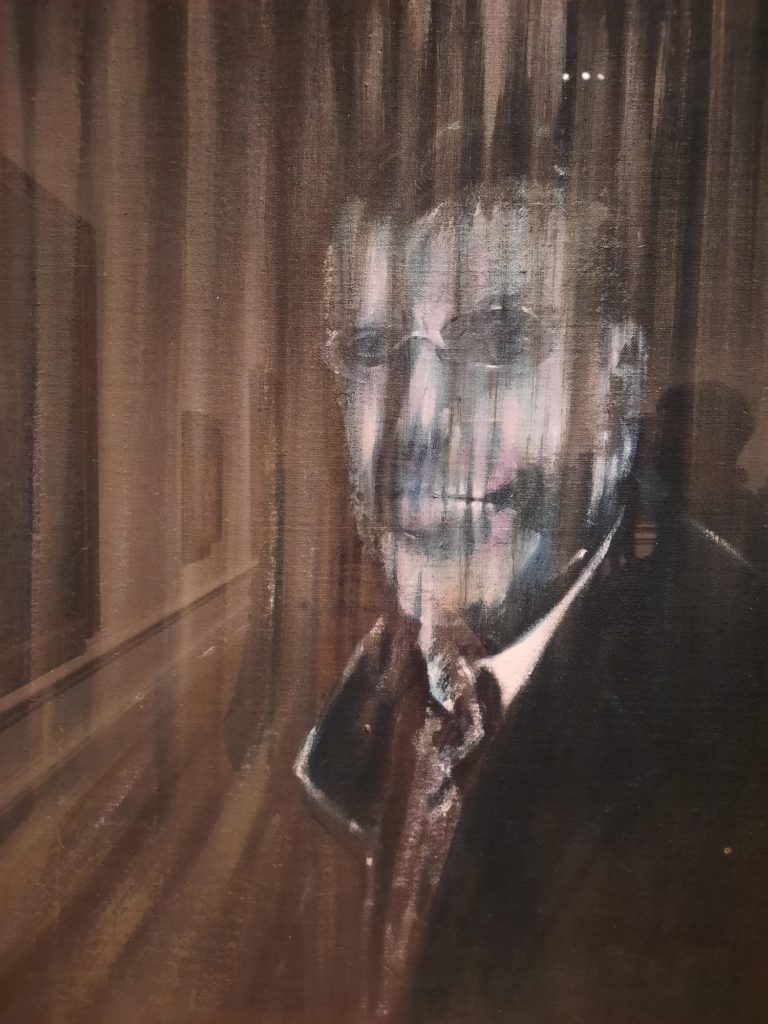
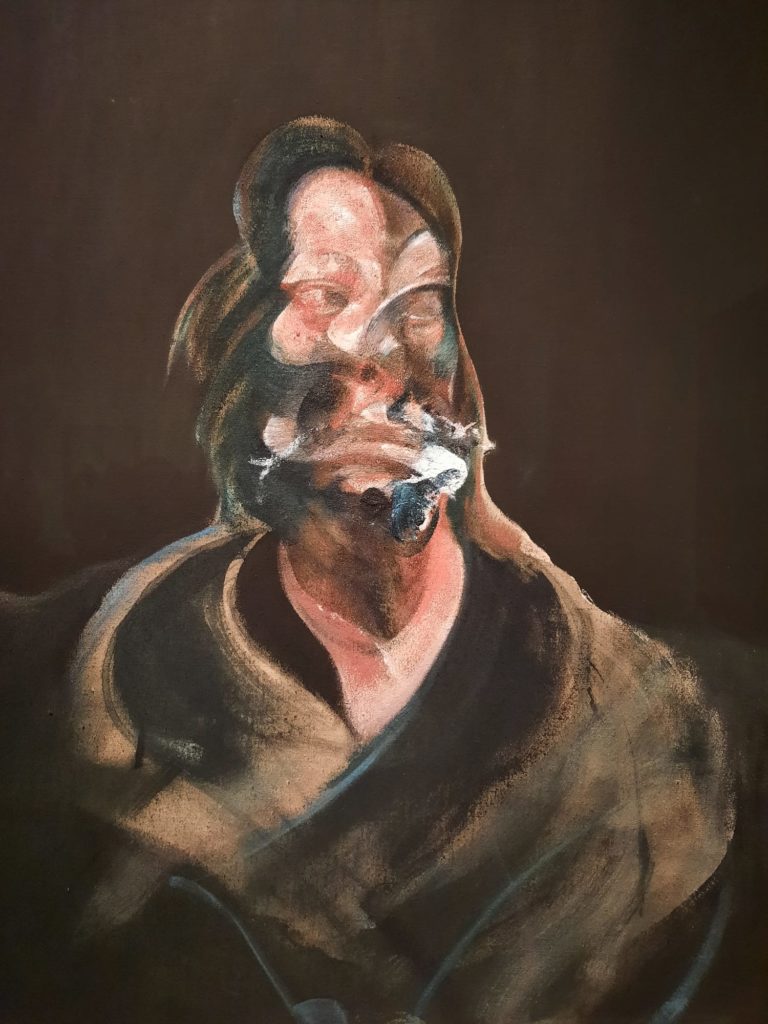
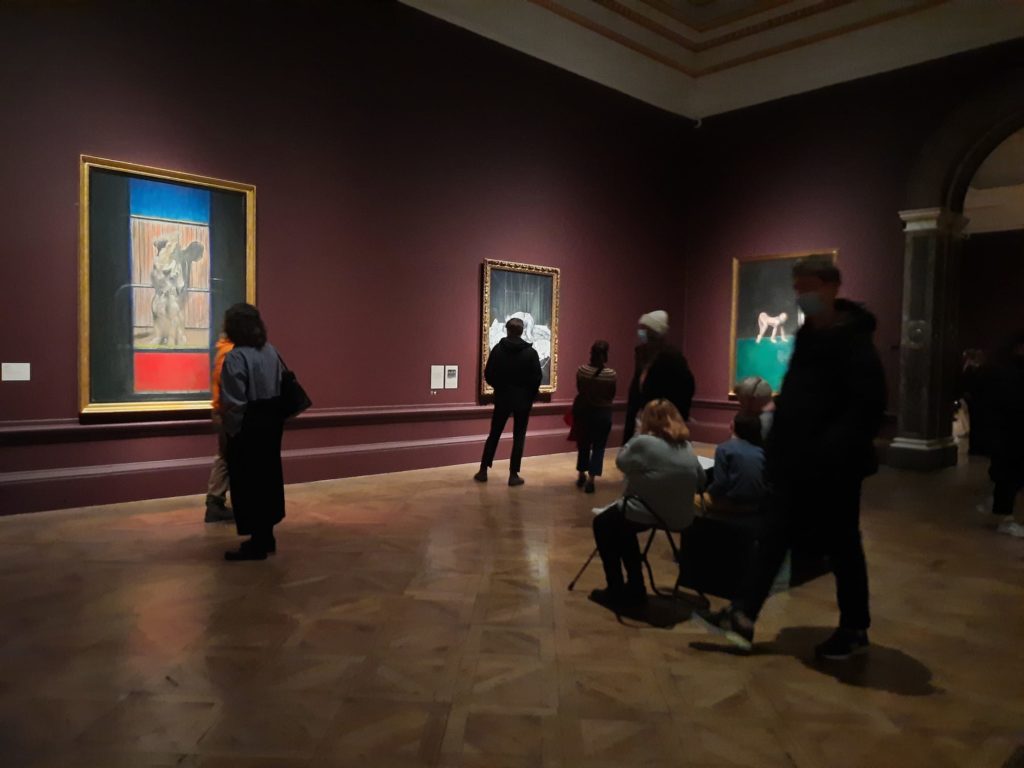
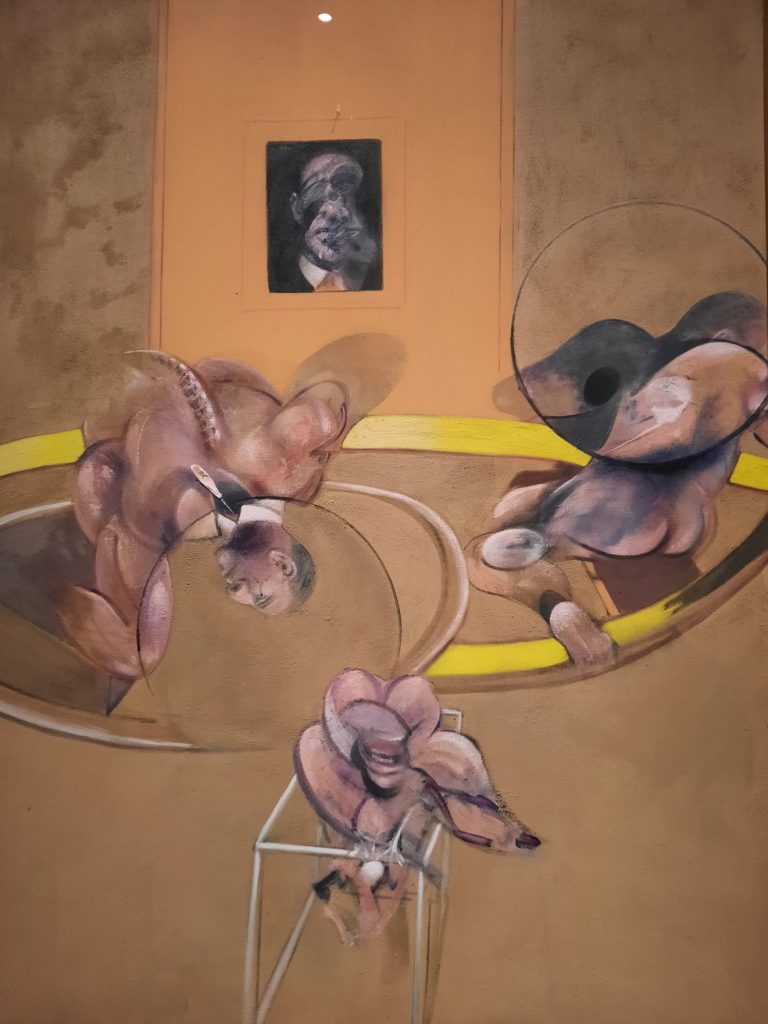
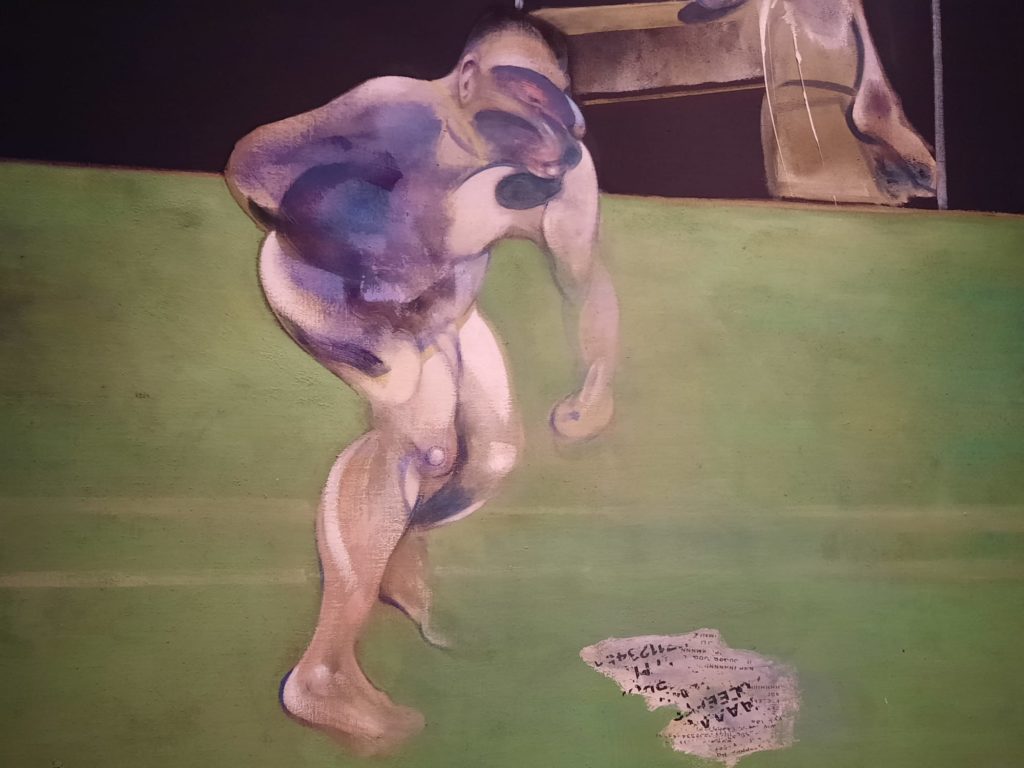
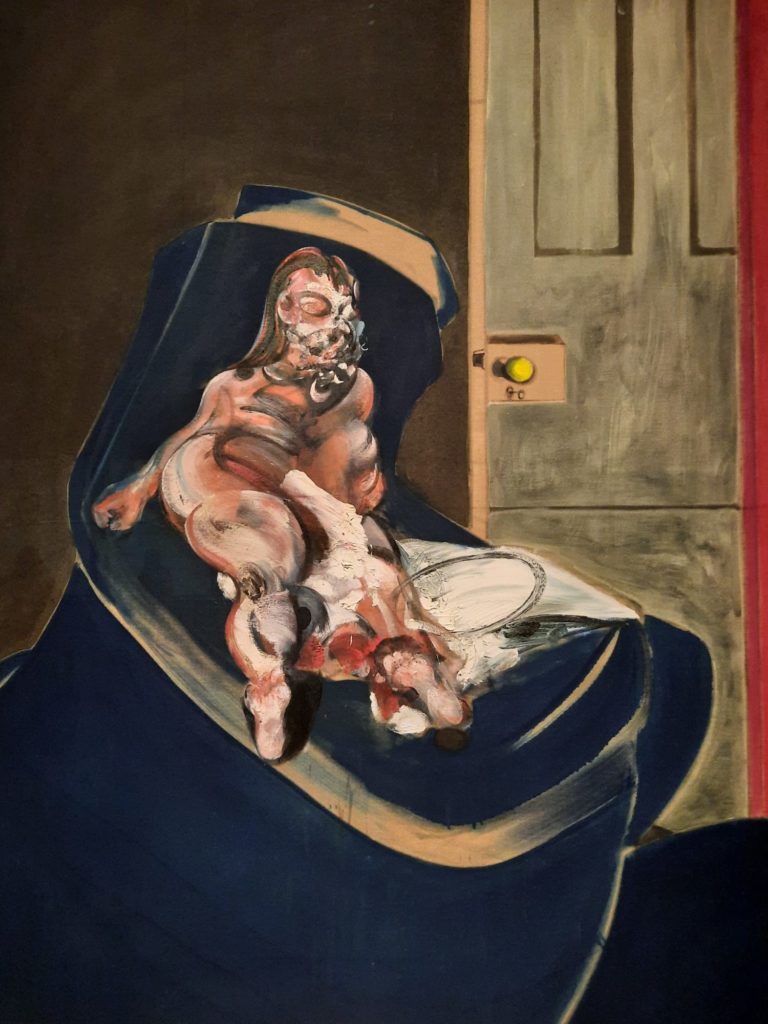
Francis Bacon As Artist
The exhibition also inducts visitors into the biography of Francis Bacon as a man and artist. Clearly, his childhood entailed an early connection to animals. Later in life, he was able to see animals up close in South Africa when visiting family. Like many artists of his generation, his view of the world and subsequently his work was marked by the events happening around him. World Wars, the Depression: it is little wonder that his breakthrough work Crucifixion in 1933 takes the view that, in Bacon’s words, “we are meat, we are all potential carcasses.”
The other biographical aspect which was of huge importance to Bacon’s life and work was the fact that he was openly gay at a time that homosexual acts were illegal. We come back to Muybridge (eg. images of wrestlers) here as a way for Bacon to depict men together with a veneer of deniability (not that this stopped some visitors to his exhibitions calling the police).
There is also a sense of the difficulties Bacon faced in life and love. Two major exhibitions, one at the Tate and one in Paris, coincided more or less with the death of Bacon’s lovers Peter Lacy and George Dyer. His relationships tended to be tempestuous, sometimes violent. It must have been immensely difficult to process such complex emotions, especially at moments which would otherwise be professional highs. Bacon struggled with Dyer’s death in particular, and his recognisable profile continued to appear on canvas long afterwards.
Perhaps we can begin to see, then, why Bacon outright rejected the abstract expressionist bandwagon which was then in vogue. His exploration of the recesses of human nature was both profound and intensely personal, and is not something which could be achieved by reducing his canvases to planes, drips or colours.

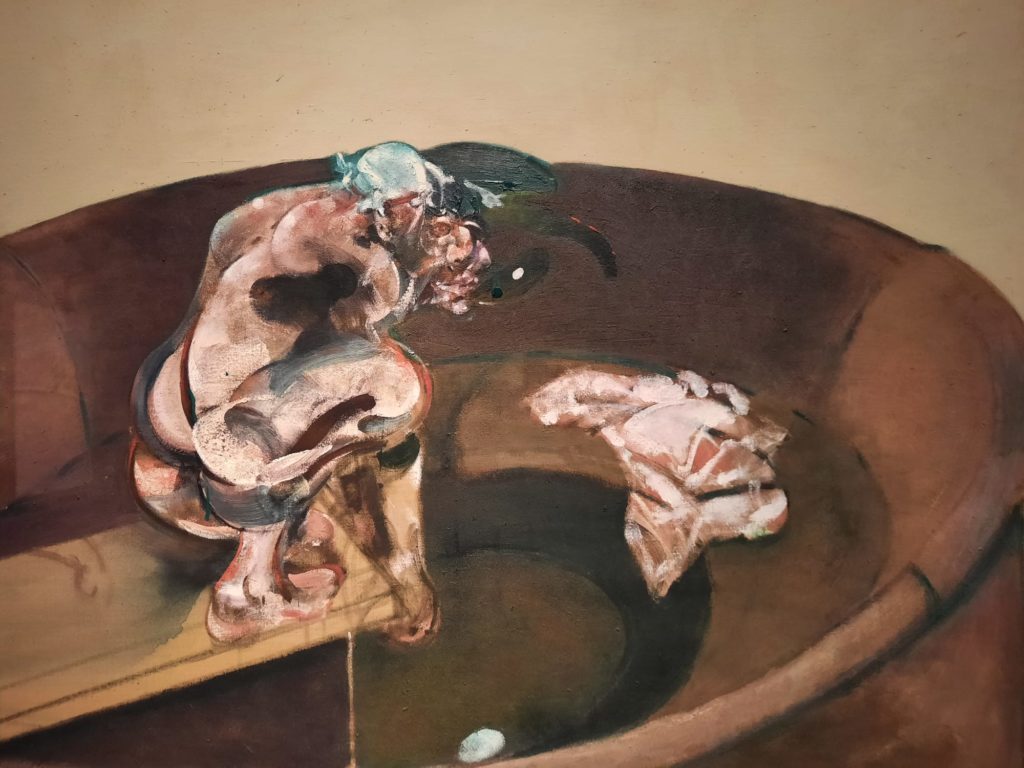

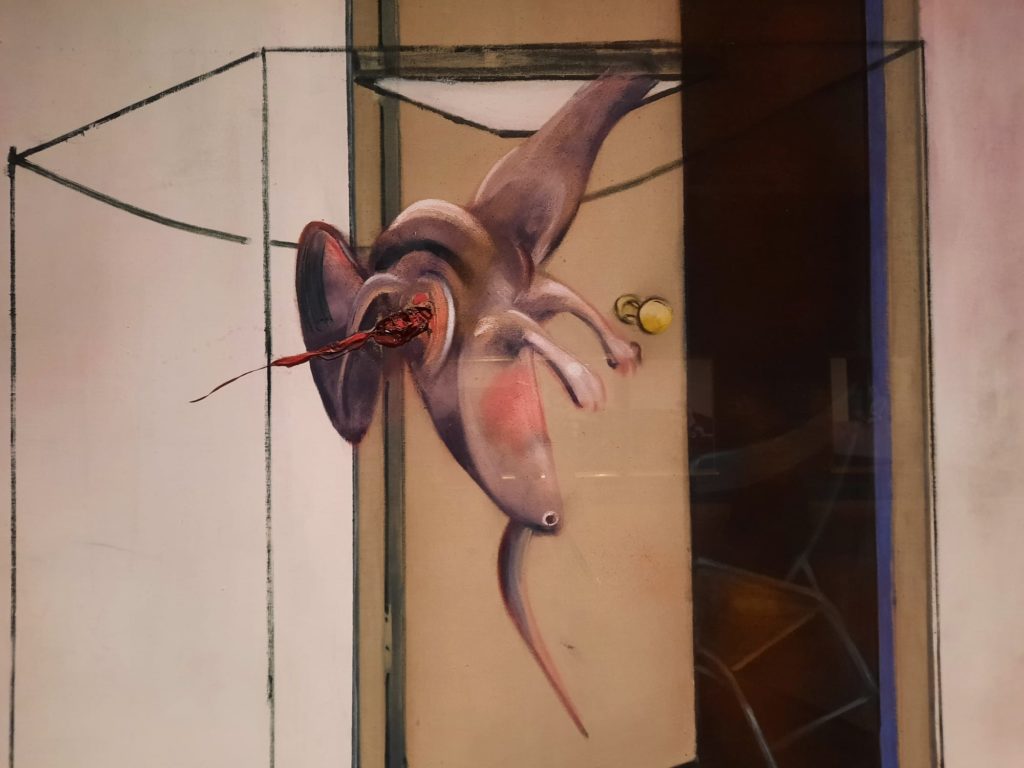

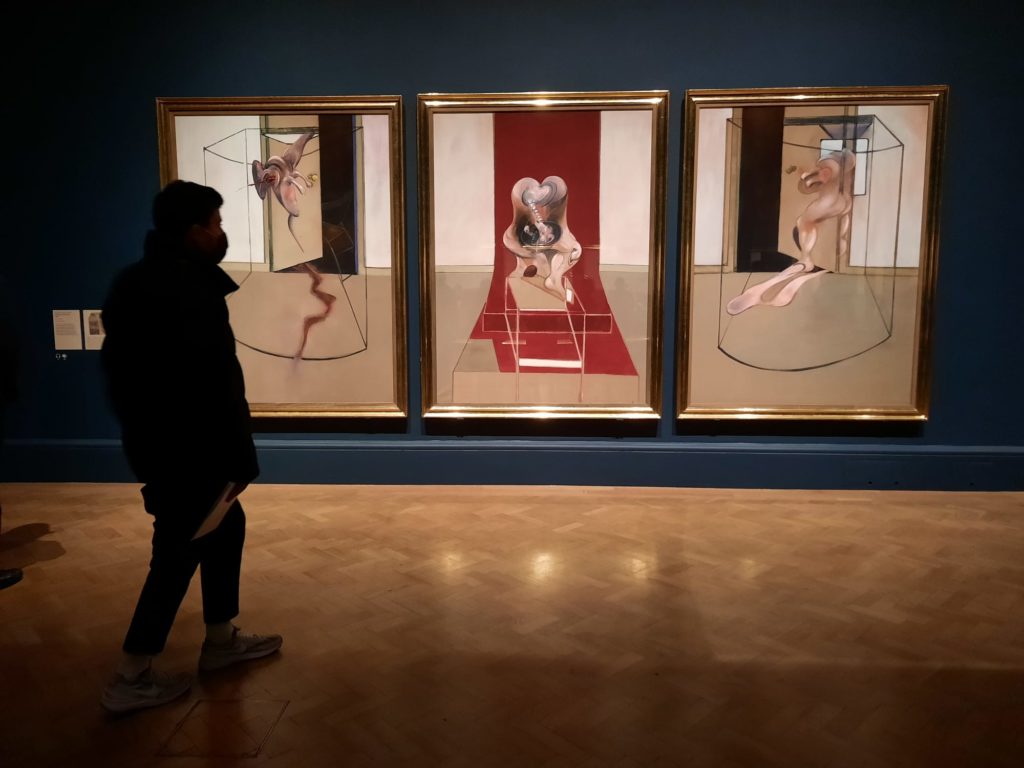
Final Thoughts
As I mentioned earlier, Francis Bacon: Man and Beast is also a well-designed exhibition. Deep colours on the walls offset the paintings effectively. Everything is beautifully lit. There is something very tactical about a Bacon, the way the paint is in some parts so sparing, in other parts built up into an unexpected textures. Provided you pick a quiet time with not too many other visitors, the Royal Academy have created a perfect ambiance in which to absorb these details.
I talked recently about how I often prefer a focused theme to a large-scale retrospective. This exhibition is something of a perfect example. The chosen angle allows us to understand Bacon’s work as a whole and create interesting connections. The size of the exhibition is not overwhelming (it could be in such a big gallery space, but each painting is given generous space). And overall I found it an inspiring way to spend a couple of hours.
The RA have a great programme of exhibitions coming up this year. This is definitely one to see, so make sure you get along to it.
Salterton Arts Review’s rating: 4.5/5
Francis Bacon: Man and Beast on until 17 April 2022
Trending
If you see this after your page is loaded completely, leafletJS files are missing.

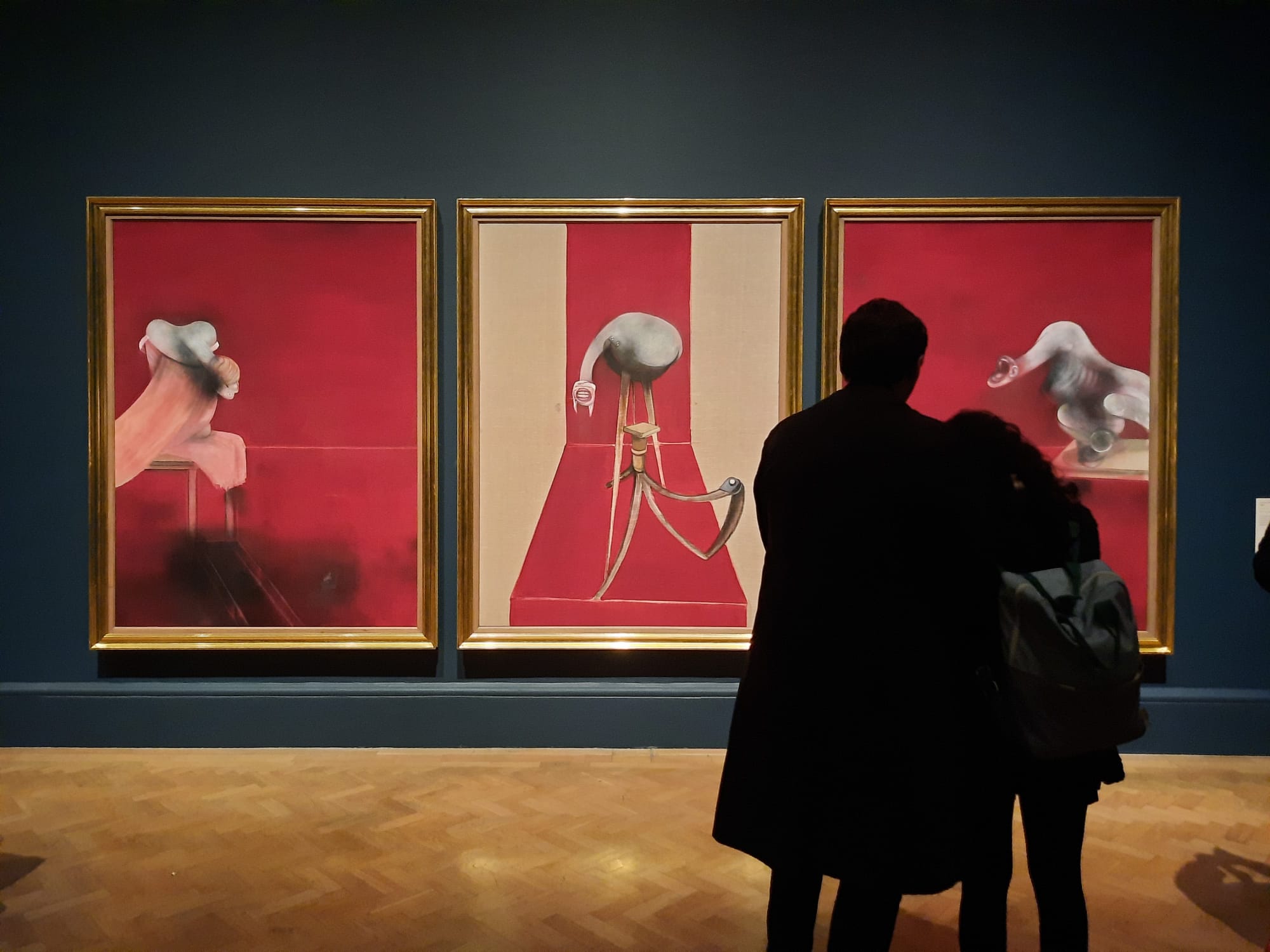
One thought on “Francis Bacon: Man And Beast – Royal Academy, London”